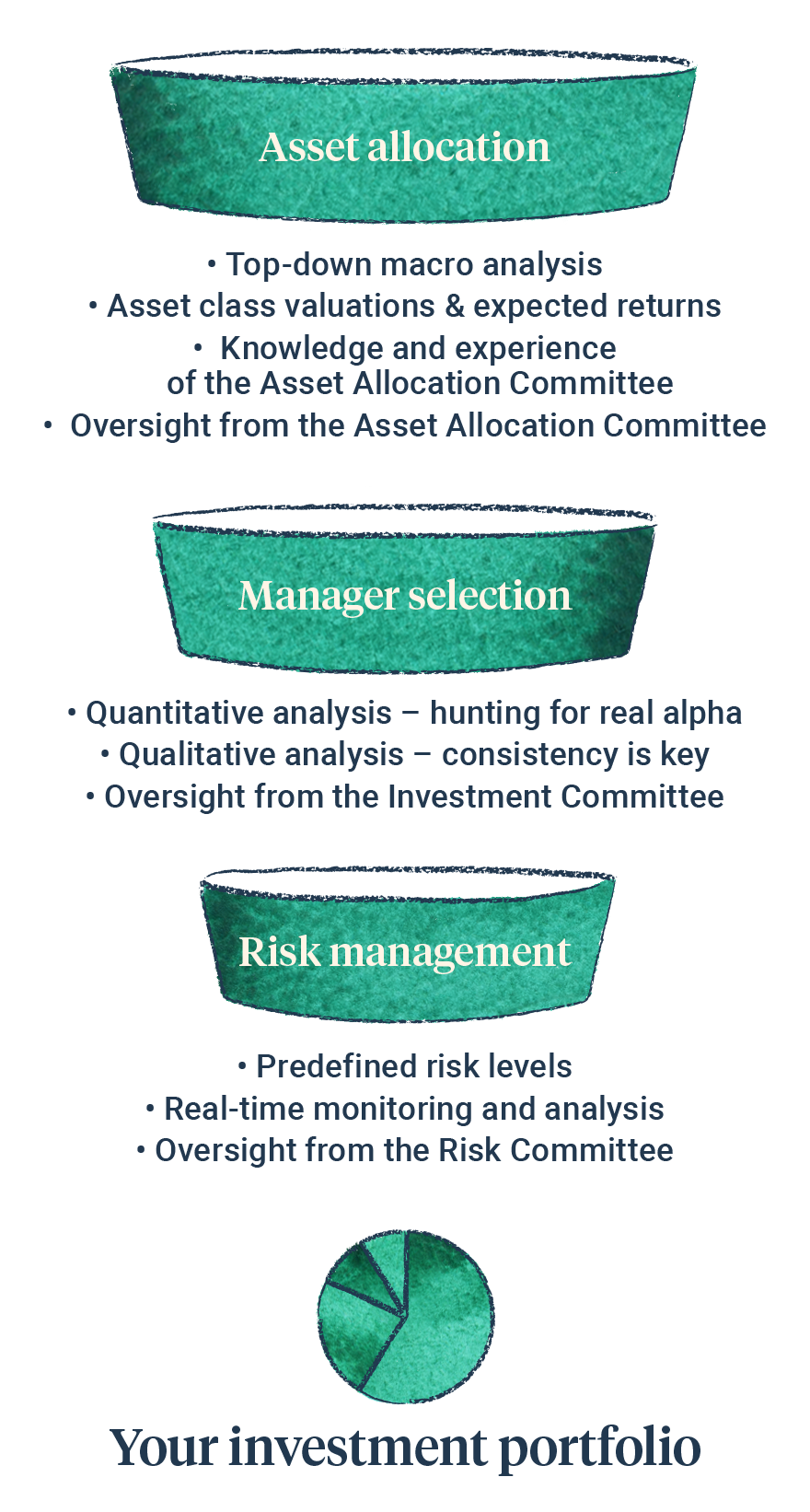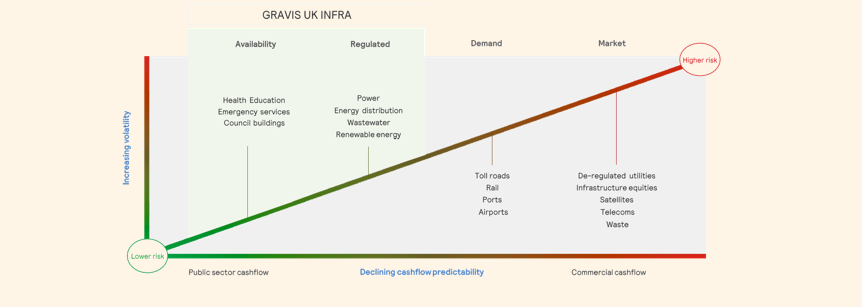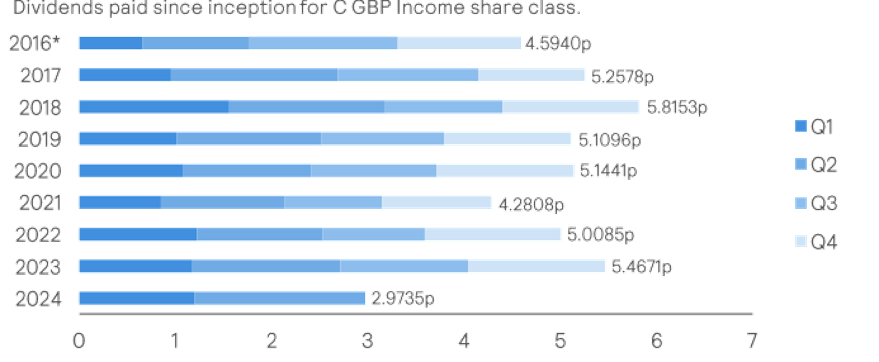Growth (economic)
Positive momentum in global economic growth continues, and it has become more broad-based. Inflation has fallen back into line with central bank targets both at a headline level and also when excluding the more volatile energy and food prices. Corporate earnings are robust, wages continue to rise, and the consumer is still active. The risk of a recession in the medium term has risen at the margin and pockets of weakness are emerging, but we believe this positive growth environment will remain in place for a while longer.
GDP growth in most major economies is positive according to second quarter data. Quarter on quarter GDP growth on an annualised basis showed a healthy 2.8% growth in the US, 2.8% in China, 3.1% in Japan, 1.2% in the Euro Area, and 2.3% in the UK. Notably, in the first six months of 2024, the UK economy was the fastest growing economy in the G7 group (the seven largest economies in the world). The IMF estimates global economic growth the be 3.2% in 2024 and 3.3% in 2025. This growth is skewed towards emerging economies, and looks slightly more subdued in advanced economies. For example the IMF estimates the US economy will grow by 1.8% in 2025, the UK and Euro Area at 1.5%, and Japan at 1%, whilst China will grow at 4.5% and India at 6.5%.
The recent surge in inflation seems to be back under control in advanced economies. July data showed annual inflation rates coming down towards target levels (2.9% in the US, 2.2% in the UK, 2.6% in the Euro Area). Whilst heading in the right direction, the inflation rate actually increased in the UK and the Euro Area between June and July, reminding us that the journey to a more normal inflation environment will not be linear, and there could still be upside surprises to come. In an environment of strong growth and low unemployment, inflation could prove to be stickier than many expect.
Leading economic indicators such as the Purchasing Managers’ Index (PMI) are still showing weakness in the manufacturing sector and strength in services sector, a trend that has been in place since economies opened up post-covid. A PMI number above 50 indicates an expansion, and below 50 a contraction. In the preliminary August data, the US manufacturing PMI fell to 48, but the services PMI was a healthy 55.2. In the Euro Area the manufacturing PMI remains weak at 45.6 (42.1 in Germany), but services stronger at 53.3. In the UK both figures are above 50, again proving the UK is in a relatively strong position economically after experiencing a technical recession in 2023.
The consumer remains robust in the face of higher interest rates and prices. Real wages are rising and unemployment is low. It will take sustained labour market weakness to start to dent consumer confidence, which will feed through into lower corporate earnings and an economic slowdown. The committee doesn’t see this as an imminent threat in the short term, but is aware of the growing risks.
Interest rate & liquidity environment
There has been notable dispersion amongst central banks and the direction of their monetary policy, which has created some volatility in financial markets.
The Bank of England joined the growing number of central banks opting for a reduction in interest rates at their most recent meeting. They join a growing group that includes Europe, China, Canada, Sweden, New Zealand and Brazil.
On the opposite end were the Bank of Japan, who opted to raise their base interest rate to 0.25% at their most recent meeting. A tiny move in absolute terms, but given rates were negative in Japan for 8 years this was significant. The decision put upward pressure on the Japanese yen as the difference in interest rates between Japan and others narrowed.
The US Federal Reserve held their base interest rate at their most recent meeting, but it is widely expected that they will start cutting at their next meeting in September.
Apart from the so far short-lived financial market volatility, liquidity in the financial system remains plentiful and financial conditions loose, even in the face of tightening by central banks. This is supportive to the current benign investment environment.
The committee remain of the view that we are entering a sustained rate cutting cycle now that inflation looks to be under control, but are aware that these cuts may be slower to materialise than what is forecast.
Valuations & earnings outlook
The second quarter corporate earnings season was stronger than expected. Analysts are now forecasting global earnings growth of 9.9% in 2024, rising to 13.6% in 2025. Within this, the US and Emerging Markets are forecast to have the fastest growth, at 15.6% and 16.1% in 2025 respectively. The UK, Europe and Japan forecast 2025 returns look more moderate at 8.8%, 10.3% and 10.2% respectively.
US corporate profit margins are near record levels and are expected to stay there into 2025. Given healthy expected earnings growth and high profit margins, US equity market valuations are meaningfully higher than their long term average on a 10 year price to earnings basis. A large part of this is driven by the ebullient technology sector. Unless already stretched valuations, earnings growth and profit margins can expand further in the year ahead, we believe there is limited room for upside in this part of the market.
Europe and the UK are cheap, and Japan and Emerging Markets fairly valued compared to their long term average multiples.
The information above is based on country level data. If you look at earnings forecasts and valuations within different parts of these markets there is more dispersion. For example within the US, smaller companies are cheaper but do not have the same level of forecast earnings growth, and cyclical stocks look expensive relative to defensive stocks, as fears of recession have subsided over the last two years. Smaller companies in Asia ex-Japan, Europe, UK and Japan have high forecast earnings growth and lower valuations. The committee discussed these dispersions with interest as they could offer attractive investment opportunities.
Sentiment / flows
Based on market data and investor surveys, market sentiment and positioning look neutral on the whole. Sentiment took a hit during the market volatility seen in early August, but has since recovered. Stock markets have positive momentum, and investors aren’t paying for protection in the options market, signalling a lack of nervousness.
In early August US stock market volatility – as measured by the VIX index – spiked to levels not seen since the covid crash. It has since settled back into its relatively low 2024 range.
Weekly flows into financial market assets have been strong over the last three months, above the average for 2024. This is based on global fund flow data.










